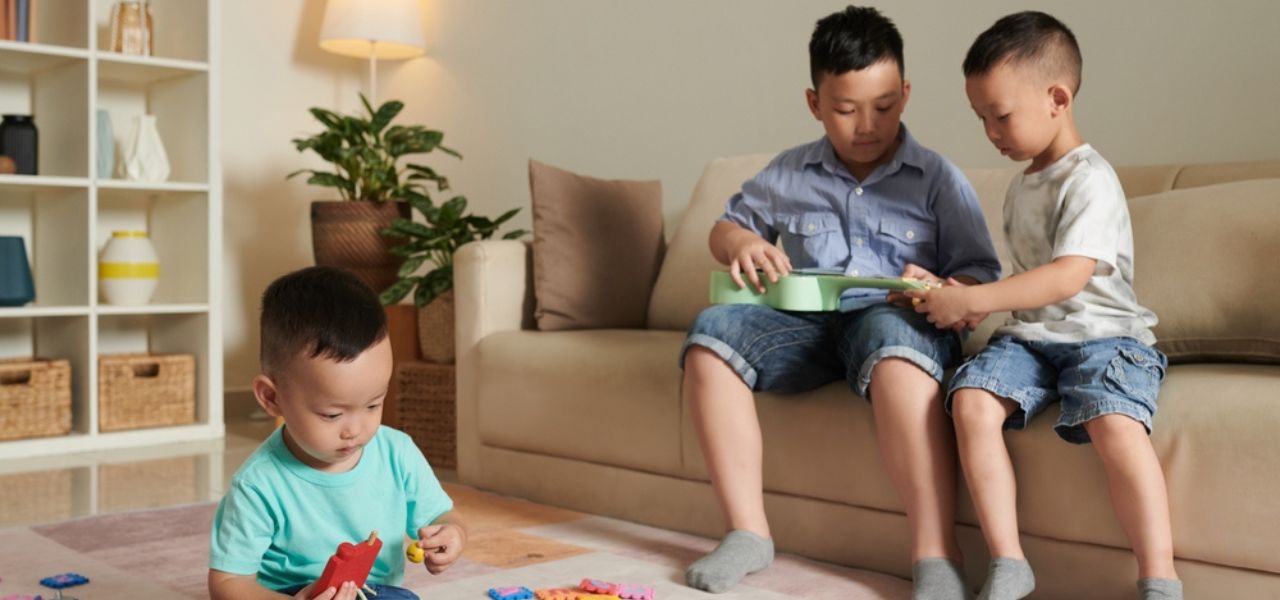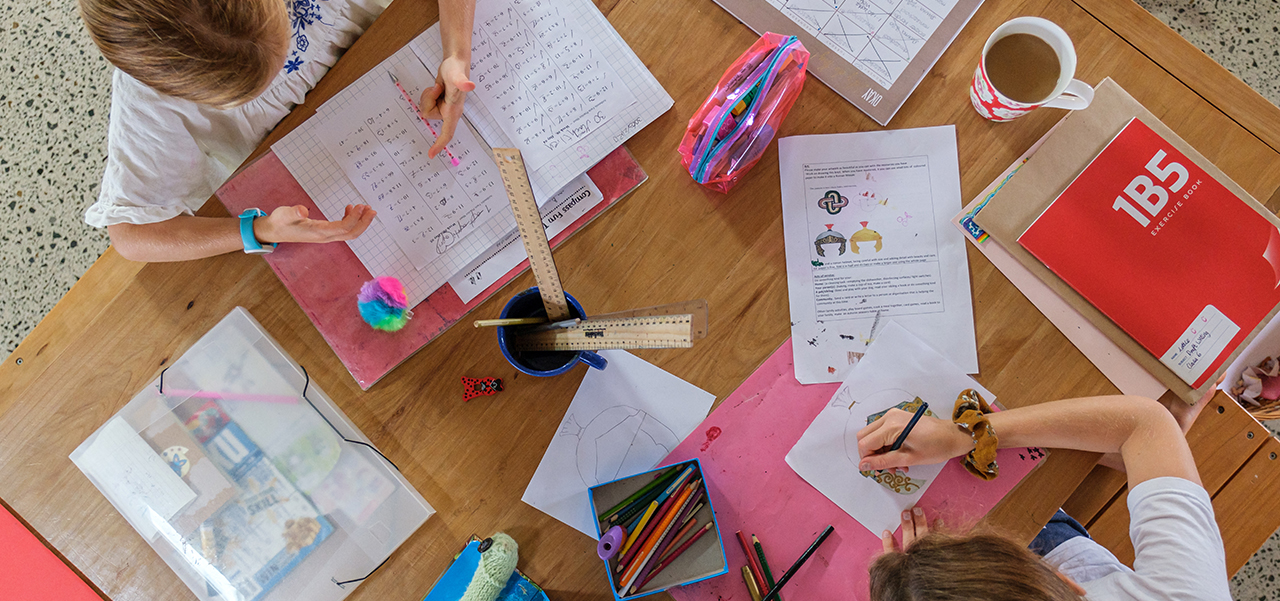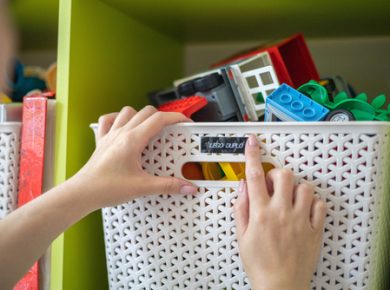“Detoxing” from Public School

Before I began homeschooling, my sister warned me that it would take a while to “detox” the children from public school. I didn’t understand what she was saying. It sounded so drastic and unnecessary to me at the time. Now, after all these years of homeschooling, I think I better understand what she was trying to tell me.
First and most importantly, we must remember that when we bring our children home for their education, there will be an adjustment period. It is as though we have to detox our dear children from the classroom mentality and the methods of teaching that are employed in the public school system. This is not to say that the methods in the public school system are inferior, but they do not work well for home education. This article will look at what happens when your children are detoxing from public school and the benefits of this process.
Distractions
In the normal classroom there are many, many distractions. This is just the joyful reality when you have a large group of children. Children in the classroom get used to the distractions and are able to adjust and work effectively. For example, if Johnny is wiggling in his seat and causes a disruption by falling on the floor, most of the children in the classroom will continue on with their work, only looking up with slight interest while the teacher goes to check on Johnny.
When the child is in the home environment, he has to get used to different types of distractions, those that are common in the home. Instead of his peer group, your homeschooler will be spending each day with his own siblings. His best friends. The antics of the baby are adorable and call out for his attention, the preschooler begging for a piggy-back ride will be hard to refuse, etc.
These adjustments take time. Make allowances as your children adjust to this new way of schooling. During the first year, the most important lesson that is learned in the homeschool is how to do one’s school work efficiently. This “skill” is worth all the self-discipline and time it takes to make this happen.

The classroom child
The “classroom” child understands and knows his limitations within a classroom setting. A child in the classroom knows just how far he can go with some behaviors before he will be reprimanded. The classroom child understands how things work in a traditional school setting: lining up for everything, quietly moving from task to task, not touching his neighbor, sitting up straight at his desk, feet on the floor, timed tests, and on and on. The child may have a hard time relating that to the home environment. It will take time for both parents and children to adjust to and learn the new routine. One of these adjustments is to bring back the joy of learning.
Learning to love learning
The methods used in public education are designed for a very large classroom situation, where several different skill levels are constantly interacting. Many times, teachers in this environment must assign work that will keep bright children busy so that they do not distract slower children from finishing their work.
This “busy work” is not usually conducive to developing a child’s sense of wonder, eagerness for knowledge, and appreciation for the learning process. Likewise, slower children feel the pressure of keeping up with the rest of the class instead of being able to learn at their own pace.
If your child’s previous educational experiences have led him to think of learning as a chore, it might take some time before his love for learning is rekindled. A gentle and engaging curriculum that is tailored to his interests and abilities is essential.
You might also consider setting aside one or more weeks to “detox” from any stressors that were present in the classroom setting. This time can be spent playing at the park, reading library books, visiting the zoo, doing cooking and craft projects, and much more.
Siblings and homeschooling
One of the most difficult adjustments families make when beginning the homeschooling lifestyle is not schoolwork, but sibling and household dynamics. It seems that there is a type of detoxing from the ways of the world that must take place before families can settle into a workable and smooth-running routine.
Siblings who have been away from one another due to outside school schedules need some time to readjust to interacting with different aged siblings. With my own children, I felt that this was the biggest hurdle that we had to overcome. When I brought my children home for their education, our entire family had to relearn how to deal with younger siblings, noise, demands on time, and the day-to-day operation of family life.
My older children were used to their school schedules and being surrounded for the greater part of a day by a peer group of nearly the same age and skill level. I found that they knew how to behave when they were home from 3:30 p.m. until bedtime, but they were at a loss as to the way things should work during the day when they were normally in school.
I had to go through a time of adjustment also. While my children were in public school, my day was focused almost exclusively around the needs of preschoolers. When I began homeschooling, I had a nursing baby and a preschooler in addition to the school children. I had been used to a daily routine that did not include older children, so I had to learn how to juggle the new priorities in my day.
Bickering and bonding
The children did their share of bickering and such while I was still trying to manage breastfeeding, watching a preschooler, and teaching (not to mention homemaking). I am certain that those first weeks were difficult, but I don’t remember it as an entirely bad time. On the contrary, it felt right to be able to address the issues that we were facing: namely, learning the “people skills” needed in order to behave in the family.
A certain amount of sibling conflict is normal and can be chalked up to age and maturity. However, teaching siblings that they share a bond that is deeper and more meaningful than other friendships is well worth the investment in time and effort.
Gradually we became a team in every sense of the word. Over the months a closeness developed because we were once again depending upon one another and celebrating the unique attributes of each.
Give yourself time
Remember, you are laying down a foundation that will serve to uplift you in the years to come. It may seem like a lot of effort at first, but what you are teaching is not only about homeschooling. You are giving your dear children invaluable lessons in the dynamics of family life and working with other people. I pray that my children will be there for one another all through their lives. I know that the lessons they learned from the homeschool about handling conflicts and disagreements will serve them productively when they are in the world beyond the homeschool.
About Rita Munn
Rita Munn is a veteran homeschool mother of ten. For many years she was a popular speaker at Catholic homeschooling conferences. Writing has been a passion of hers for as long as she can remember, and she loves to use her writing skills to share her homeschooling experience with other parents. Her “family journal” reflections are featured in CHC’s Educating for Eternity e-newsletter.
Related Blogs
If you enjoyed this article, you might be interested in the related articles below.
Favorites
Explore CHC’s top favorites! From art to literature, science to hands-on religion, CHC has materials to enrich every Catholic homeschool.


















